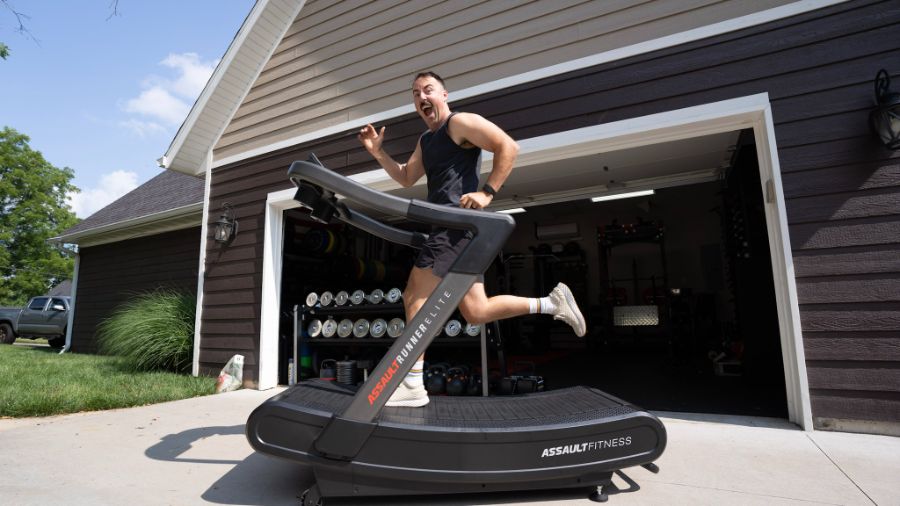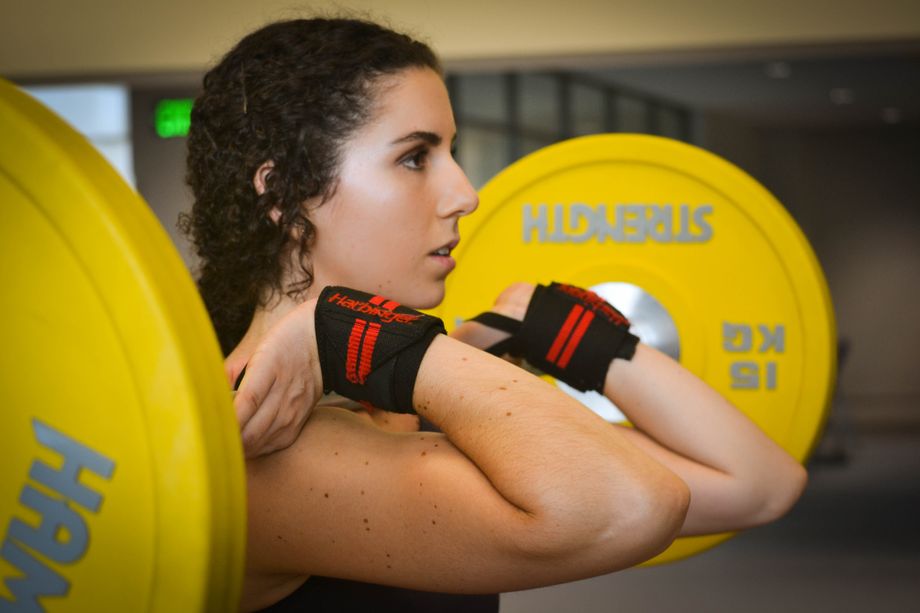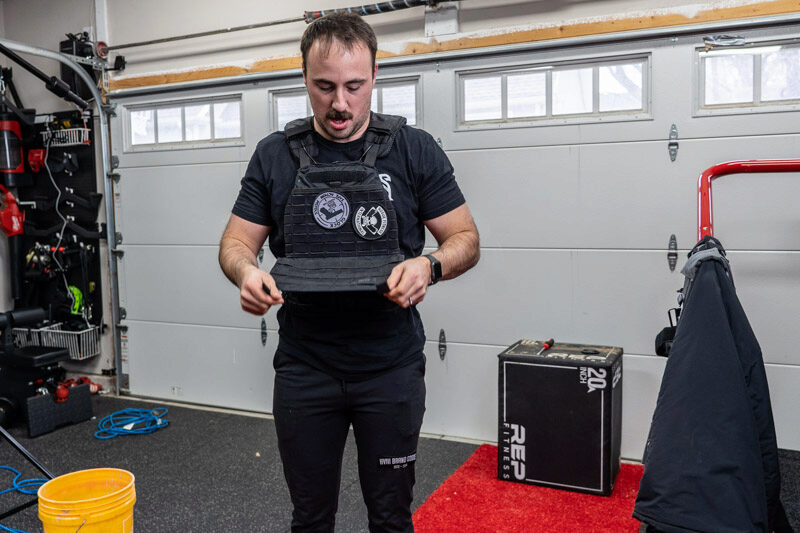Treadmills are a fantastic way to get in some cardio, support weight loss, and meet your fitness goals. You can hop on for a quick walk or run at your convenience, and you don’t have to worry about the weather. The best treadmill workouts for weight loss maximize your time by alternating incline and speed to keep your body guessing and maximize weight and fat loss. Even treadmill walking has weight loss benefits—have you seen the TikTok Hot Girl Walk?
One of the best parts of a treadmill is that the intensity of the workout is completely in your hands—as a certified personal trainer and runner myself, I know this firsthand. Below, I’ve put together four treadmill workouts to maximize your calorie burn and keep you from getting bored.
Benefits of a Treadmill Workout for Weight Loss
I live in the Pacific Northwest, where the seasons consist of rain, rain, summer, and rain. While I don’t mind running in the rain, I hit the treadmill in my garage when the temperatures and wind make wet running too much to take. Treadmills let you exercise when the weather doesn’t cooperate, or you don’t have time to make it to the gym. They can also be used to focus on pace, endurance, and speed all while helping you burn extra calories for weight loss.
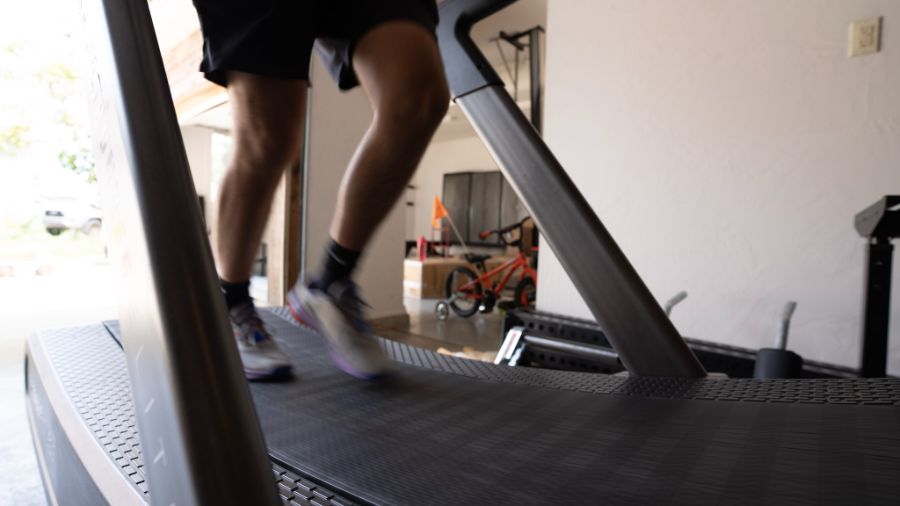
Other treadmill benefits include:
- Reduced impact: A cushioned treadmill bed offers a softer landing than concrete. If you’re injury-prone or recovering from an injury, a treadmill offers a softer landing than the road.
- Better flexibility: Most of us do too much sitting, which shortens key muscle groups, especially the hip flexors, the muscles that lift your knee and leg up and forward. Using a treadmill can help keep these muscles lengthened and strong.
- Increased safety: Running outside comes with inherent risks. Cold or hot weather can lead to dangerous conditions. Cars might not see you, and there’s a risk of run-ins with animals or other people when you’re outside. With a treadmill, there’s also no risk of tripping on a rock curb, and you can use it anytime, not just during daylight hours.
- Improved cardiovascular health: Running, whether on the treadmill or the road, puts your cardiovascular system to work, strengthening your heart and lungs.
- Training benefits: Treadmills are a great way to work on your pace and keep a close eye on your heart rate. You can easily adjust your workout to keep your heart rate in the desired zone or get a feel for a certain pace.
Related: Best cardio machine for weight loss
Tips on How to Use a Treadmill for Weight Loss
The Centers for Disease Control and Prevention recommends 150 minutes of moderate-intensity exercise per week to maintain your weight. That’s five 30-minute workouts per week.
However, to lose weight, you need to consider not only your workouts, but your nutrition and non-exercise activity thermogenesis value, or NEAT, as well. NEAT accounts for a much larger portion of your calorie burn each day than purposeful exercise, and one easy way to increase NEAT is to hit a daily step goal of at least 7,000 steps.
When thinking about purposeful exercise, however, use a rate of perceived exertion (RPE) from 1 to 10 (1 being no effort and 10 being maximum effort) to determine what moderate-intensity means to you.
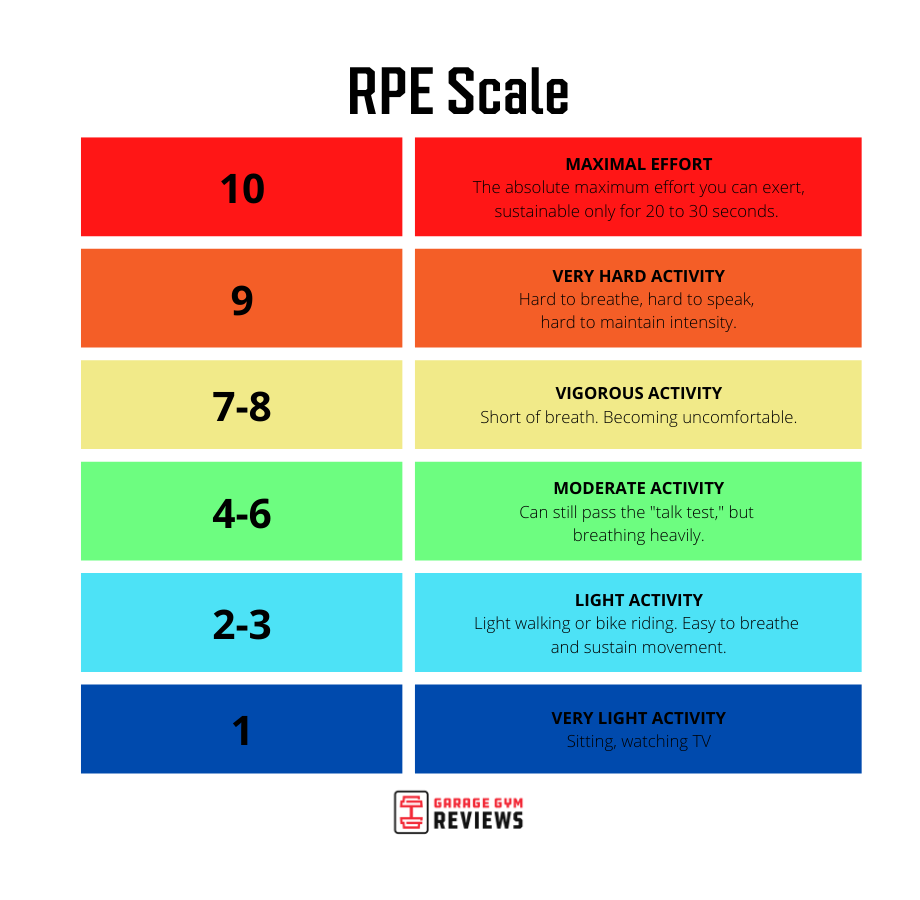
For some people, walking 3.5 mph will leave them breathless. Consequently, moderate-intensity may mean walking at 3.2 mph. Trained athletes can run at 6.0 mph or faster for their moderate-intensity workouts. Moderate-intensity should get you sweating, but you should still be able to carry on a conversation, though you might have to stop mid-sentence to take a breath.
RELATED: The Best Treadmill Coupons
Tips for the Treadmill:
- Read through the manual or instructions. Take a minute to familiarize yourself with the machine before you press start. You can hurt yourself if you don’t know how to use the treadmill correctly. It may have preset programs, access to online classes or routes through a subscription like iFIT, as well as varying levels of incline, decline, and speed.
- Enter your information. Most treadmills offer an estimated calorie burn, but you have to enter your weight and sometimes your gender for better accuracy. (Take note: The treadmill’s estimated calorie burn is only an estimate.)
- Keep a water bottle nearby. Hydration makes a huge difference in your performance. Fill your water bottle and put it in the treadmill’s water bottle holder or somewhere else nearby so you can sip while you run.
- Attach the safety clip. The safety clip is attached to the treadmill’s emergency stop mechanism. If you fall on the treadmill (which happens), the safety clip stops the belt.
- Cover the console. Watching the miles tick by can get tedious and feel like time is slowing down. Cover up the console with a towel or media device and distract yourself with music, an audiobook, or a movie.
- Put the incline on 1%. There’s no wind when using a treadmill, nor do you have to propel yourself forward. An incline of 1% increases resistance to replicate outdoor running. Plus, it increases your calorie burn.
- Keep your hands off the handrails. You burn fewer calories when you rely on the handrails. If you have to use them, you might need to reduce your speed or incline.
4 of the Best Treadmill Workouts for Weight Loss
Looking for the best workouts on treadmill for weight loss? Below, four treadmill routines to help you reach your goals.
1. Time/Distance-Based Workouts
Should you run for time or distance? You can do either, and both have merit. For some people, a distance goal is more motivating because, if they’re feeling good, they can get it done in a faster time. For example, if you have a goal to run 3 miles, it may take you 40 minutes to run those 3 miles. However, if you’re feeling good and ready to push yourself, you might be able to get it done in 30 minutes.
RELATED: 30 Minute Treadmill Workout
Time-based workouts are a good option when you want to work on keeping a steady pace and heartbeat. They’re also great when you’re on a time schedule. Set the treadmill timer for your time goal and play with the speed and incline as much as you want. Or keep it simple and walk or run at a steady pace.
Pro Tip: If you’re walking, keep a set of dumbbells on or by the treadmill. Hold them in your hands for a few minutes at a time and pump those arms to activate the upper body and get in some strength training.
2. Walk/Run 2-2-1 Intervals
Interval training breaks up the monotony of the treadmill. It’s also a good way to add different kinds of training, like strength training, to your cardio workouts.
Don’t underestimate the power of treadmill walking workout for weight loss. Short walking breaks put you in the fat-burning zone throughout the workout and let you run faster during running intervals. Set your incline to 1% and keep it there for the entire workout.
- Warm up with a 5-minute walking interval. You should easily be able to carry on a conversation without running out of breath.
- Increase your speed to a 3 or 4 on your RPE scale, but you’re still walking. Hold this pace for 2 minutes. (Call this your low pace.)
- Increase your speed to a moderate-intensity speed, somewhere between 5 and 6 on your RPE scale. (This is your medium pace.) Hold this speed for 2 minutes.
- Increase your speed until you’re pushing yourself but are just below your maximum speed, an RPE of 7 to 9. (This is your high pace. ) Hold this pace for 1 minute.
- Return to your low pace and hold it for 2 minutes. Then go to your medium pace for 2 minutes, followed by your high pace for 1 minute, making a 2-2-1 minute pattern. Continue this pattern until you’ve been on the treadmill for approximately 30 to 40 minutes.
- Cool down for 5 minutes by walking at a slow, easy pace.
3. 3-5-7 Hill Incline Workout
Start with the treadmill on a 1% incline. From there, you’re going to adjust the incline but keep the same speed through each treadmill interval for an intense lower-body workout.
After you’ve warmed up for five minutes at an easy pace:
- Increase the incline to 3%, and walk at this incline for 2 minutes.
- Increase the incline to 5%, and walk for 2 minutes.
- Increase the incline to 7%, and walk for 2 minutes.
- Decrease the incline to 1% for 2 minutes.
- Repeat the 3-5-7 incline pattern at 2-minute intervals with a 2-minute rest interval at 1% incline.
- Repeat until you’ve exercised for 30 to 40 minutes.
- Do a 5-minute cool down at 1% incline.
Pro Tip: The 3-5-7 incline settings are only a rough guideline. You might need to reduce or increase the incline settings based on your fitness level, but follow the pattern of increasing the incline for three intervals and reducing on the fourth.
4. Speed Workout
You have two options to increase the intensity on the treadmill—the incline, which we’ve already covered—and speed. Set the incline at 1%, and keep it there for the entire workout. Start with a five-minute warm-up at an easy walking pace.
- Increase your speed to a moderate intensity (3 or 4 RPE) where you can still talk. Hold this speed for 60 seconds.
- Decrease the speed to a quick walking pace for 60 seconds.
- Increase your speed to a moderate-high intensity speed (5 to 6 RPE). Hold for 60 seconds.
- Decrease the speed to a quick walking pace for 60 seconds.
- Increase the speed to a vigorous-intensity speed (7 to 8 RPE). Hold for 30 to 60 seconds, depending on your fitness level.
- Decrease your speed to a quick walking pace for 60 seconds.
- Repeat the sequence until you’ve exercised for 30 to 40 minutes.
- Cool down at an easy walking pace for 5 minutes.
Pro Tip: Increase the length of the higher-intensity intervals to increase the difficulty (and calorie burn) of the workout. Moving in and out of different heart rate zones makes it a powerful fat-burning workout.
Final Thoughts on Treadmill Workouts for Weight Loss
Many people complain that the treadmill is boring, but switching up your workout can keep you engaged and help burn more calories for weight loss. Make sure to familiarize yourself with the treadmill and thoroughly warm up before increasing the speed or incline.
- Aim for at least 30 minutes (increasing to 40 to 45 minutes is a good goal) of moderate-intensity exercise about 5 days per week to support weight loss. However, you’ll need to couple that effort with a healthy diet.
- Keep the incline at 1% to mimic the effort of outdoor running.
Finally, change up your treadmill running to keep yourself from getting bored and to prevent plateauing as your body adjusts to your workout routine.
Best Treadmill Workouts for Weight Loss FAQs
Is walking on the treadmill a good way to lose weight?
Yes, walking on the treadmill is a good way to lose weight. Adding any kind of movement to your day is a good way to lose weight. Increase the incline to 1% to mimic walking outside. Gradually increase the intensity (and calorie burn) through the speed, incline, or both.
How long does it take to see results from a treadmill?
The length of time it takes to see results from a treadmill varies based on more than your exercise habits. You can eat away any weight loss benefits, treadmill or otherwise, with poor nutrition habits.
From my experience, if you successfully maintain (at least) a 200-calorie deficit per day while regularly using the treadmill for 45 minutes a day five days per week, beginners should start to feel a difference within a couple of weeks. You may start physically noticing a difference between two to four weeks. Other people will start noticing after you’ve stuck to it for about six to eight weeks.
How can I burn 500 calories on a treadmill in 30 minutes?
First, keep in mind that everyone burns calories at a different rate. The bigger you are, the more calories you burn, and men usually burn more calories than women because they typically have more muscle mass. It will be easier for a large man to burn 500 calories in 30 minutes than a short, petite woman.
Having said that, high-intensity interval training (HIIT) is one of the best ways to blast through calories in a hurry. A treadmill HIIT workout would consist of breaking your workout into 45-second high-intensity intervals, where you’re running almost at full exertion, followed by a low-intensity interval for 15 to 20 seconds. Alternate back and forth between high-intensity and low-intensity for 20 to 30 minutes. You can adjust the intensity with speed, incline, or both. HIIT treadmill workouts are tough, so start where you’re at and listen to your body to prevent injury.
Is it OK to use a treadmill every day?
To prevent overuse injuries and give your body time to recover, it’s best to take one or two rest days per week. Overuse injuries can happen with any type of exercise that you do too often or too much. Alternate your workout plan to prevent boredom and injury. Do speed intervals one day, followed by a time or distance goal the next day.


